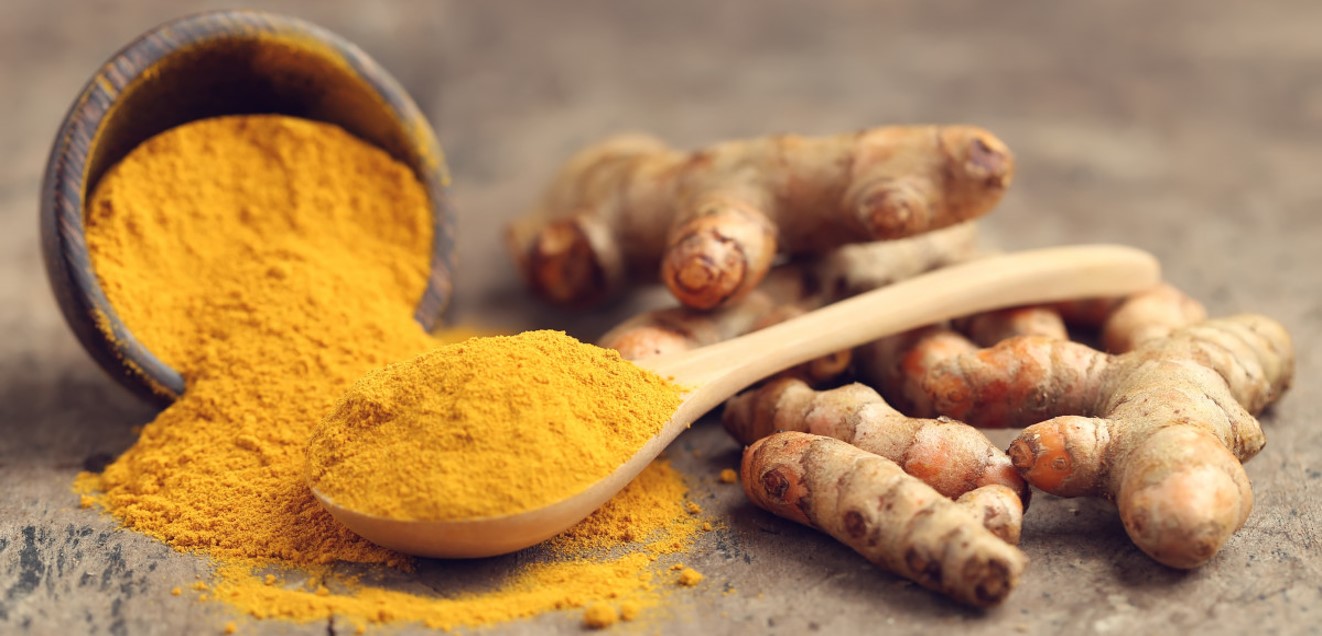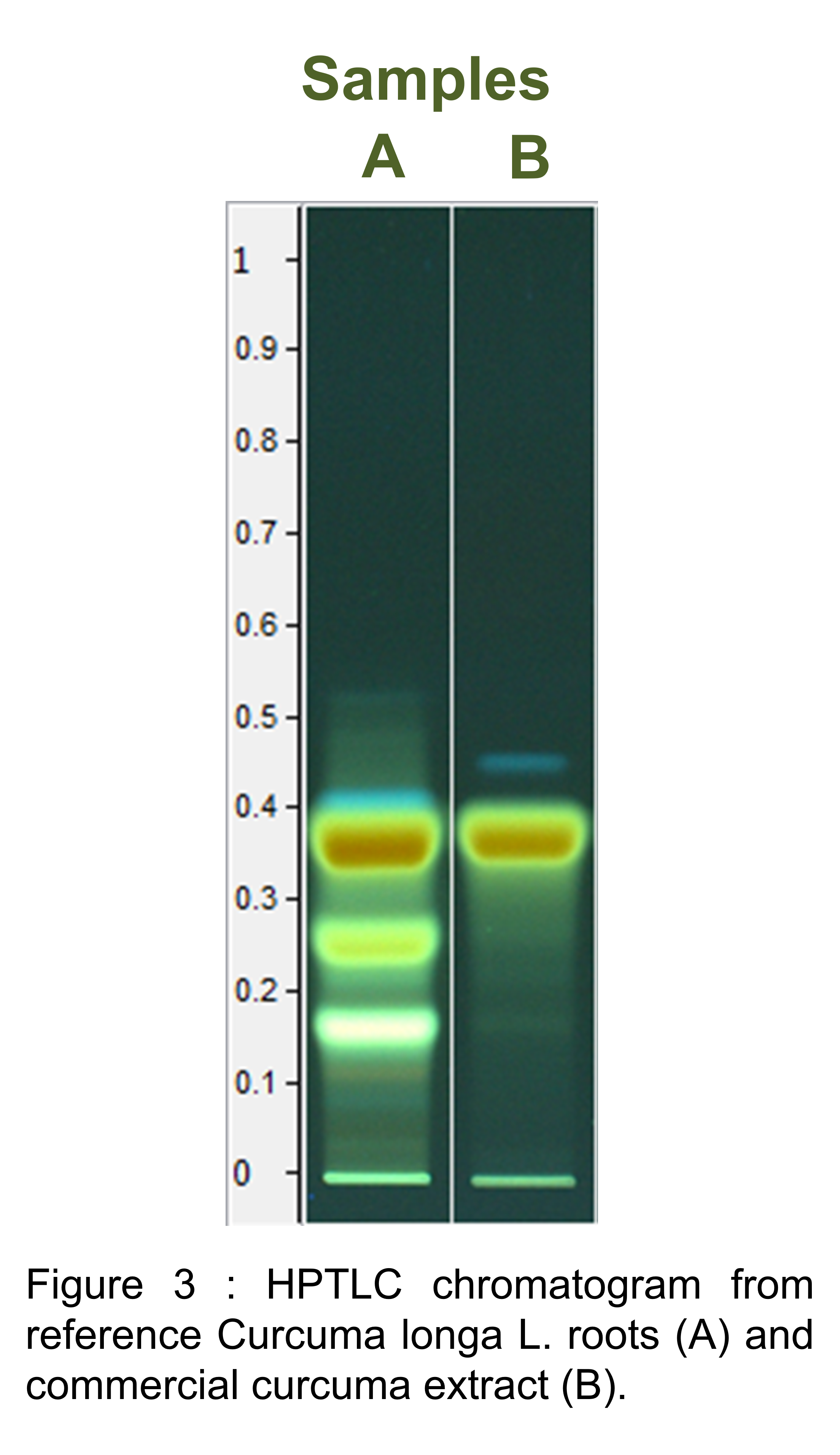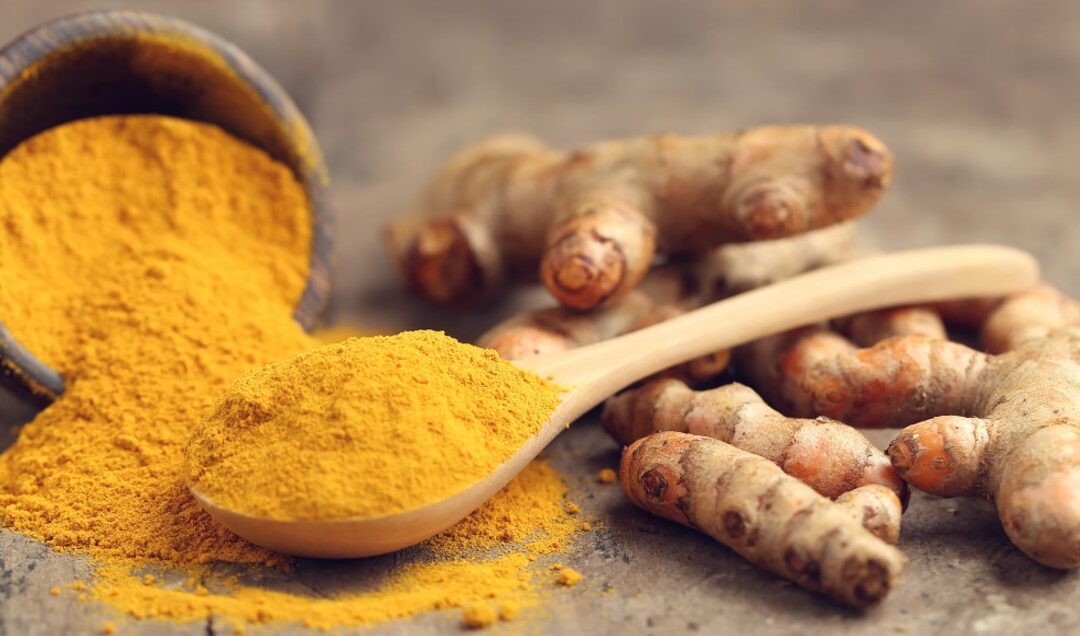
Introduction
Turmeric is a plant from the Zingiberaceae family that has been used for centuries throughout Asia. Thanks to its antioxidant properties, turmeric has long been used as a natural food preservative. In traditional medicine, it is the rhizome that is used, cut into small pieces, heated and dried before being reduced to powder. It´s used to promote the production and secretion of bile, in case of difficult digestion as well as to stimulate the appetite. More recent research shows that it can be used to lower blood cholesterol levels and as an anti-inflammatory in chronic diseases such as rheumatoid arthritis, osteoarthritis or inflammatory colitis. The substances mainly responsible for these activities are curcuminoids and in particular curcumin, a highly predominant substance which also gives this intense yellow color to the rhizome. Curcumin can be synthesized relatively easily. Two methods are mainly described, including the chemical synthesis according to Pabon and that according to Pavolini which is done in a single step, with a yield of 10% for a reaction time of only 30 minutes. This reaction involves one equivalent of acetylacetone for 2 equivalents of vanillin, all in the presence of boron trioxide.

Study
Issues
Since the main substance of interest can be chemically synthesized relatively easily, it is easy to think that falsifications will proliferate on the products on the market. In 2019, the Italian health authorities associated 27 cases of liver damage with the consumption of turmeric-based food supplements in capsules (containing dry turmeric extract). The precise cause has not been determined. However, we know that the turmeric extracts sold on the market are often very concentrated in active ingredients (>95% in curcuminoid derivatives) and that turmeric may actually turn out to be only synthetic curcumin. It is therefore important to be able to distinguish between a dry extract of Turmeric obtained only using rhizomes of Curcuma longa L., a dry extract partly enriched in synthetic curcumin or a sample containing only curcumin of synthesis. There is a monograph in the European Pharmacopoeia (01/2015:2543) which seems to allow the separation of curcuminoids (see figure 2) but the interpretation described in the monograph (see fig. 3) remains uncomplete. For example, it does allow to prove the presence of synthetic curcumin and therefore does not allow it to be verified.
Interpretation of the TLC / HPTLC profiles according to monograph 01/2015:2543: see the sequence of the bands present in the chromatograms obtained with the reference solution (standard of curcuminoids) and the solution to be examined. In addition, other bands of low intensity may be present in the chromatogram obtained with the solution to be examined.


The addition of 100% synthetic curcumin can be demonstrated by HPTLC (Figure 3) or by HPLC (Figures 4 and 5). On the other hand, when a lower quantity of synthetic curcumin is added to the dry extract, the demonstration of the fraud is much more delicate by HPTLC (because the verification is only visual) than by HPLC (where the ratios between the three curcuminoids can be accurate and compared to databases).
Moreover, the disadvantage of the HPTLC method is that the analysis will only detect curcuminoid derivatives. If other compounds are present in the dry extract, they will not be detected. Contamination by another species cannot therefore be detected in this way, unlike HPLC analysis which will allow this to be done, provided that a database is well established.

Conclusion
Carrying out an appropriate control is important for your herbal products, knowing that fraud is often subtle and difficult to detect.
How to ensure the quality of your Turmeric samples?
By proving the presence of Turmeric, the absence of other plant species, the absence of enrichment with synthetic curcumin and by verifying the quantities of claimed active ingredients. Ask for HPLC identification.

